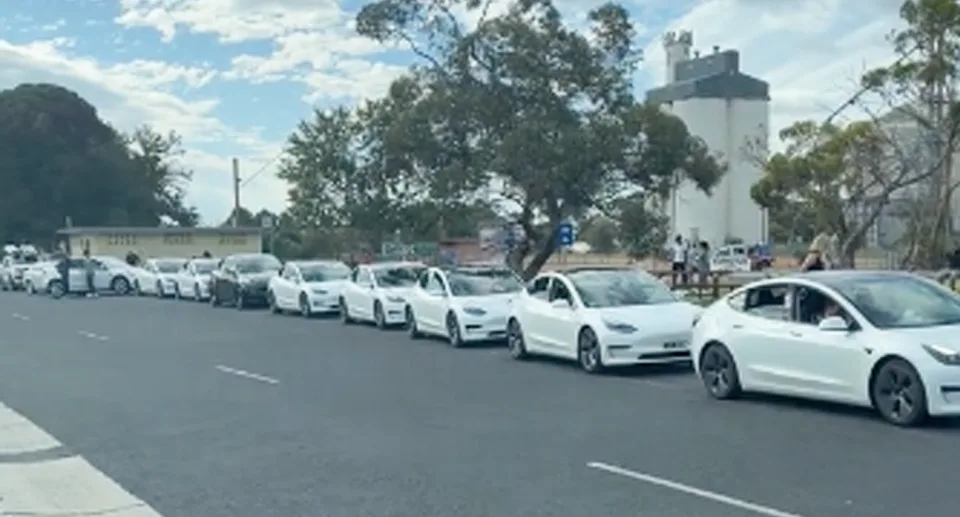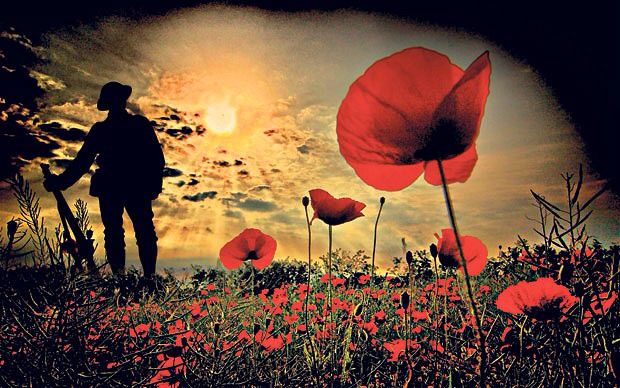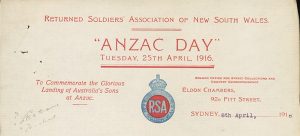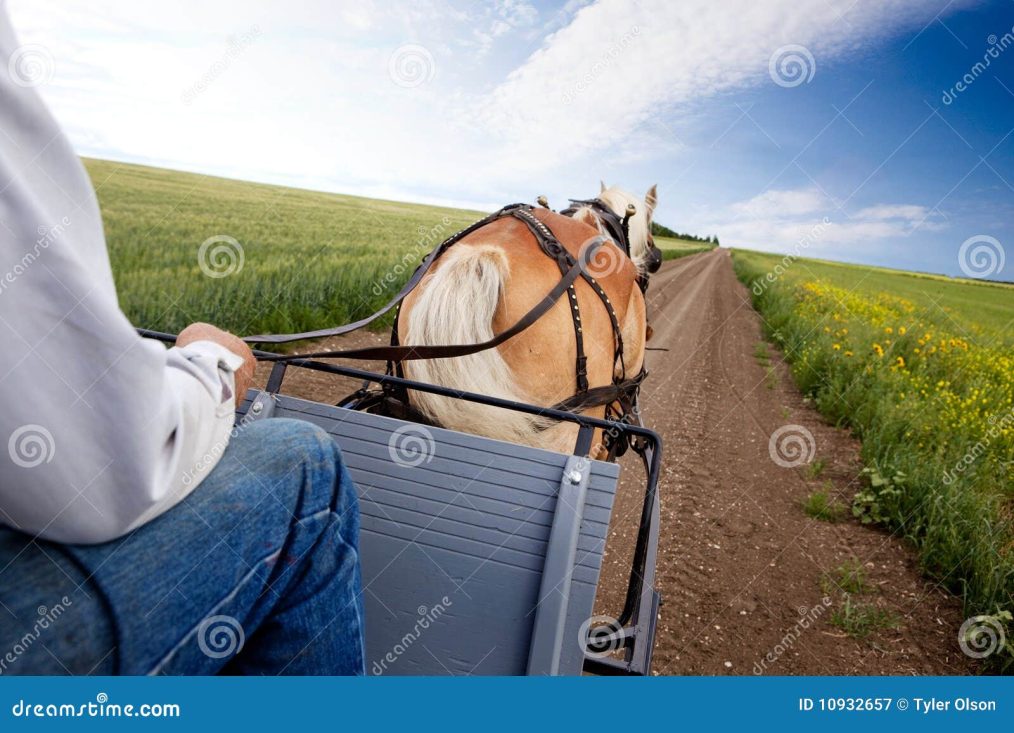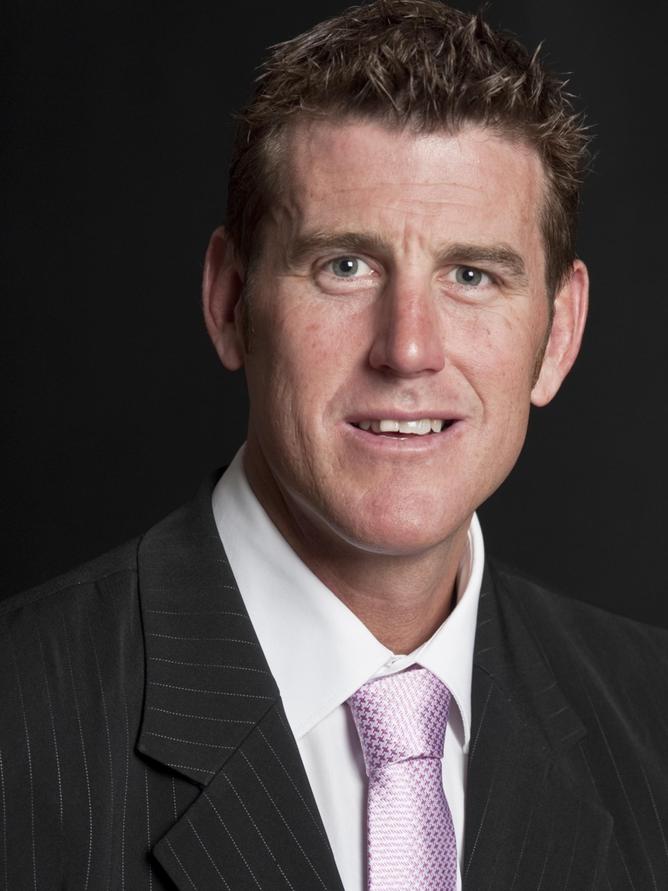CLICK TO ENLARGE

Advertising legend John Singleton has explained why he took out a full-page newspaper ad in support of Victoria Cross winner Ben Roberts-Smith.
The ad, which was published in The Weekend Australian today, is headlined “an apology to Ben Roberts-Smith from a coward.”
In it he thanks the ex-SAS soldier “for his courage, strength, commitment and the torture you must now endure.”
“No, me neither,” he wrote.
Singleton, a multi-millionaire businessman and advertising legend, said he dodged the Vietnam War, “lied my way out of it.”
“Our Vets risked our lives for us. Were we there?” he said.
Singleton, 82, said he was motivated to place the ad by what he saw as the “unfairness of it all”, especially with Anzac Day coming up.
“I’ve never met Ben Roberts-Smith,” he said.
“I have read every book I can on the bloke. You can do the same to you or me or anyone. It is horrible what’s happening.”
“These guys who go (to overseas wars like Afghanistan), risk their life, time after time.”
Singleton said he’d met ex-SAS soldiers on training programmes and expeditions, including a Mt Kilimanjaro climb.
“I’ve admired what they do. But when you sit around the fire and hear what they’ve (been through) it is horrible,” he said. “They break down, these guys. They’re human like you and me.
“I didn’t have the guts to go to war. At least I can ask people to just think twice before we blame these young men.”
In the advert, Singleton, said Roberts-Smith wasn’t to blame for foreign wars.
“In god forsaken Afghanistan, in a war which has what to do with Australia, is a Corporal on his 5th or 6th Mission.”
“Have you ever spoken to any soldier who has seen frontline action? Look at the pain in their faces. The long silence that tells so much.
“The media just turn to gossip. They grab hold of an illegal leak from a public servant. They target big, tough, impressive VC winner… not given to showing any public exterior.”
“Ben Roberts-Smith can pay for it with his reputation. Disgraceful stuff.”
“He didn’t start our war.
“He killed as soldiers do, but is now guilty of doing his job whilst risking his life for us.”
Mr Roberts-Smith is currently waiting for three Federal Court judges to consider his bid to overturn his defamation loss to Nine Newspapers last year.
He has always denied any wrongdoing and has not been criminally charged.

